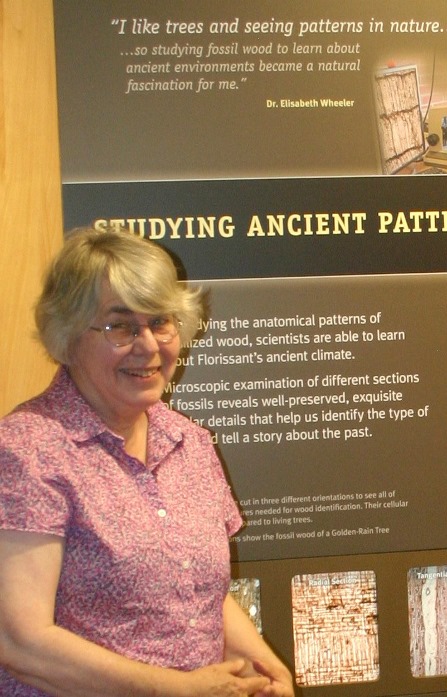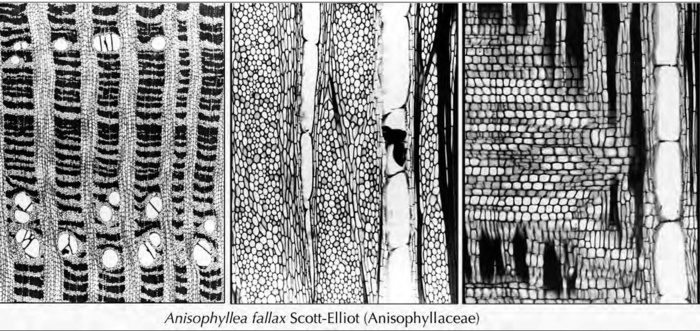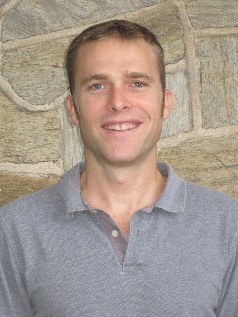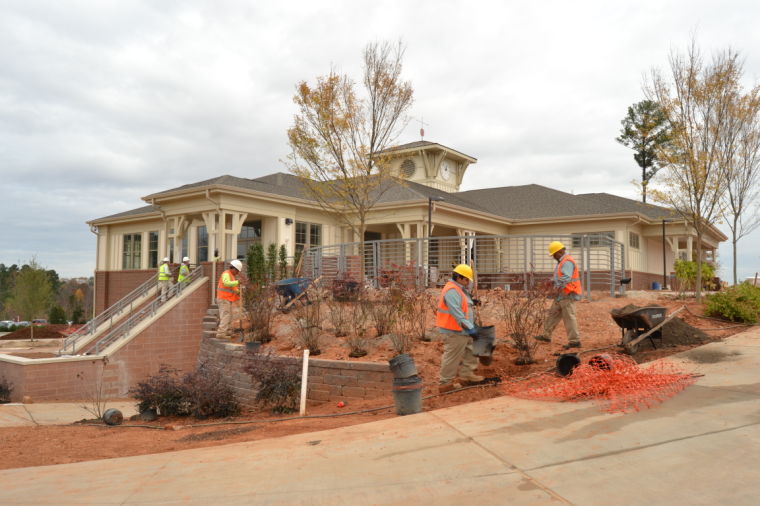
When a retired colleague asked Dr. Elisabeth Wheeler, an NC State University professor emeritus in the Department of Forest Biomaterials, to add his collection of 1200 photomicrographs showing the wood anatomy of 400 Madagascar tree species to her InsideWood collection, she knew she had to find a way to get it done.

Dr. Wheeler’s work is featured in an exhibit in the visitor center at the Florissant Fossil Beds National Monument in Colorado.
Why? Once added to the InsideWood collection in the NC State Libraries, the micrographs will
– be an invaluable resource for archaeologists and paleontologists who are studying the environmental and cultural history of Madagascar – one of the world’s “biodiversity hotspots.”
– help with enforcing trade regulations that apply to Madagascar woods and hopefully contribute in some way to stopping illegal logging
– provide data useful to understanding how the flora of Madagascar evolved and provide insight into the relationships between environment and wood anatomy.
Her goal: To conserve and make freely available digital versions of a unique decades old collection of photomicrographs of Madagascar woods.
Her Solution: Creative – Use Kickstarter, the world’s largest crowdfunding platform to raise the funds needed to pay a student for the hundreds of hours required to properly digitize the photos and upload them.
Interested In Helping Dr. Wheeler? Visit “Woods From the Land of Lemurs”







